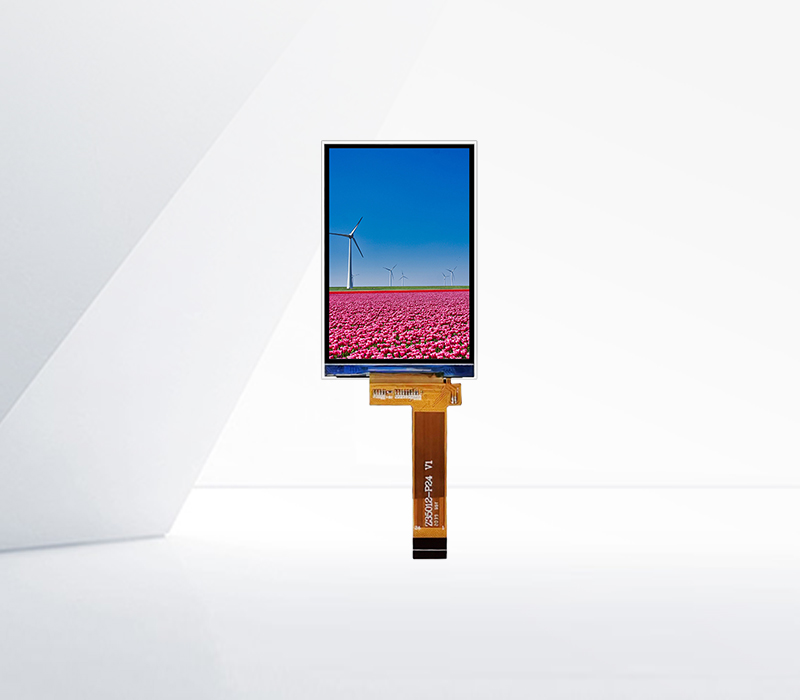




Outdoor LCD IPS displays are prized for their wide viewing angles, high brightness, and color accuracy, but their premium cost and power consumption drive demand for viable alternatives. Several technologies offer comparable performance for specific outdoor applications, balancing cost, durability, and visibility.
VA (Vertical Alignment) LCDs are a leading alternative. VA panels deliver high contrast ratios (often 3000:1 or higher), making them ideal for outdoor displays where deep blacks and vivid colors enhance readability against bright sunlight. While their viewing angles (typically 178° horizontally and vertically) are slightly narrower than IPS, they remain sufficient for most outdoor scenarios, such as digital billboards or bus stop displays. VA panels also offer lower power consumption than IPS in some configurations, extending the lifespan of solar-powered outdoor setups. Their cost is generally 10–20% lower than IPS, making them attractive for large-scale deployments.
TN (Twisted Nematic) LCDs serve budget-conscious applications. Though TN panels have narrower viewing angles (around 170° horizontal) and lower color accuracy than IPS, their fast response times (1–5ms) make them suitable for outdoor displays showing dynamic content, such as sports scores or traffic updates. Modern TN panels with enhanced brightness (up to 1500 nits) can compete with IPS in sunny conditions, especially when paired with anti-glare coatings. Their low production cost—30–40% cheaper than IPS—makes them popular for entry-level outdoor signage or industrial monitors where viewing angle flexibility is less critical.
E Ink (Electronic Ink) Displays excel in low-power, static content scenarios. While E Ink lacks the color capabilities of IPS, its reflective technology uses ambient light, eliminating the need for backlights and reducing power use to near-zero (only consuming energy during updates). This makes them ideal for outdoor menus, parking signs, or weather displays, where content changes infrequently. E Ink’s paper-like readability in direct sunlight surpasses LCDs, though its slow refresh rate (seconds per update) limits use for video or dynamic content.
OLED Displays offer a premium alternative for specific cases. While OLEDs are more expensive than IPS, their self-emissive pixels eliminate backlights, enabling thinner designs and true blacks. Outdoor-rated OLEDs with high brightness (2000+ nits) and weatherproofing match IPS in visibility, making them suitable for high-end applications like luxury retail signage. However, their shorter lifespan (30,000–50,000 hours vs. 100,000+ for LCD IPS) and higher cost restrict widespread adoption.
Each alternative targets distinct needs: VA for balance, TN for cost, E Ink for low power, and OLED for premium visuals. For most outdoor uses, VA and enhanced TN panels provide the best combination of performance and affordability as IPS alternatives.
